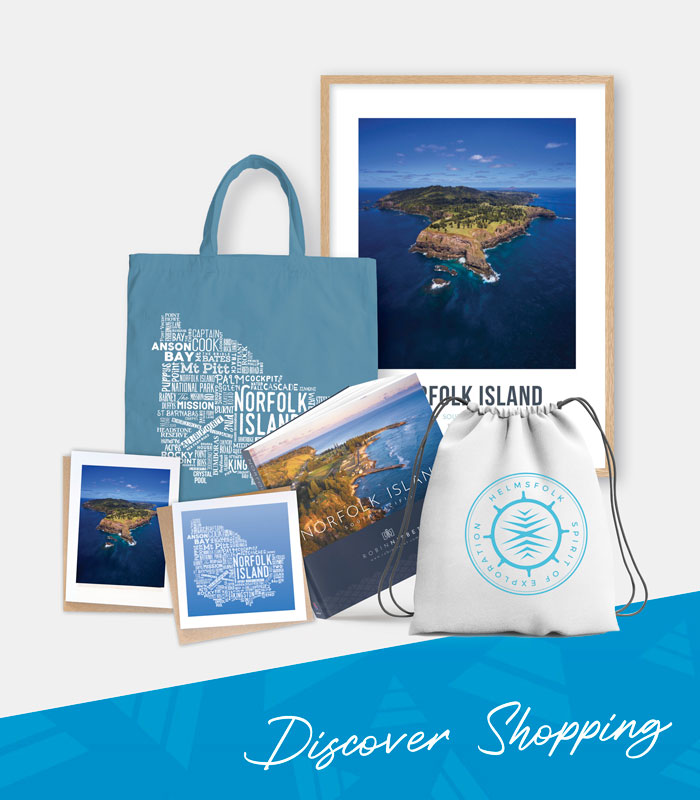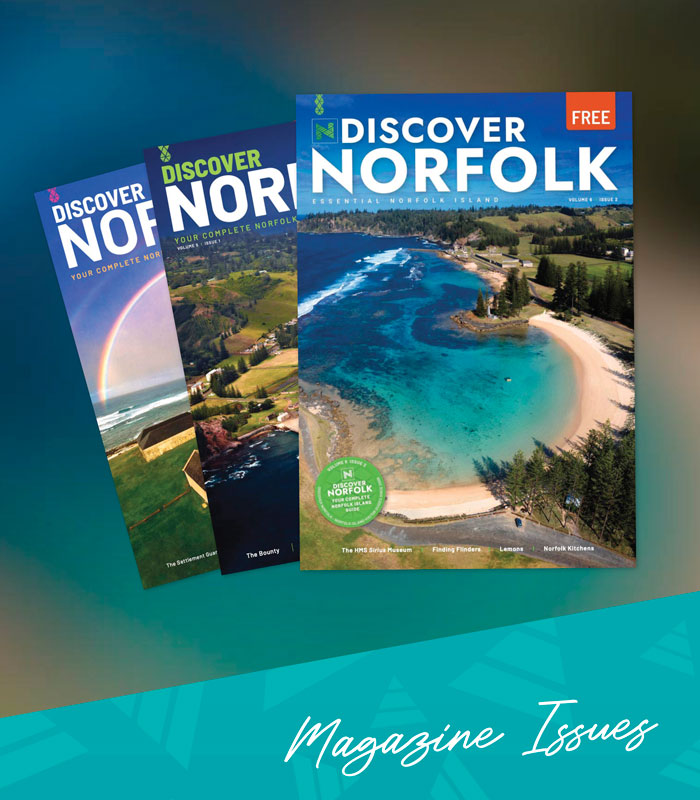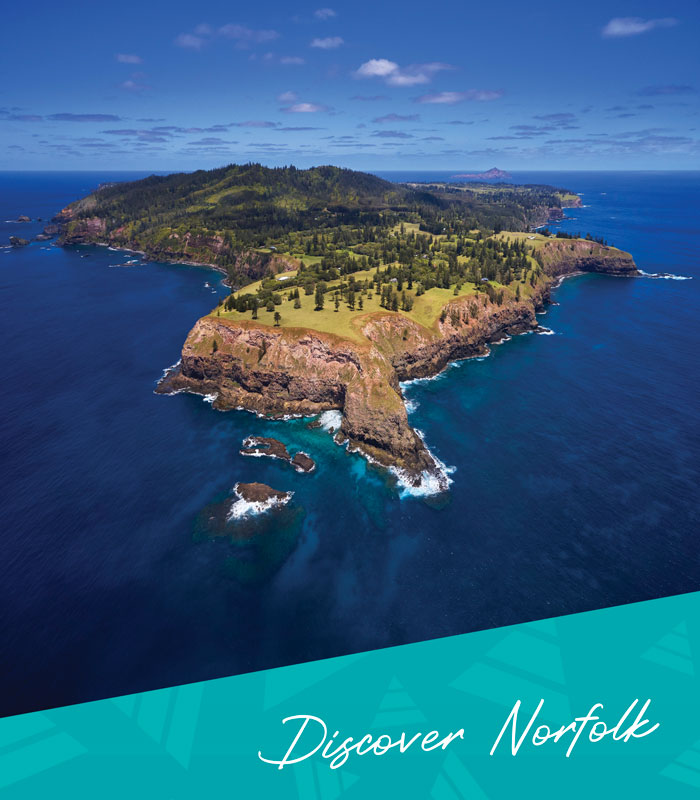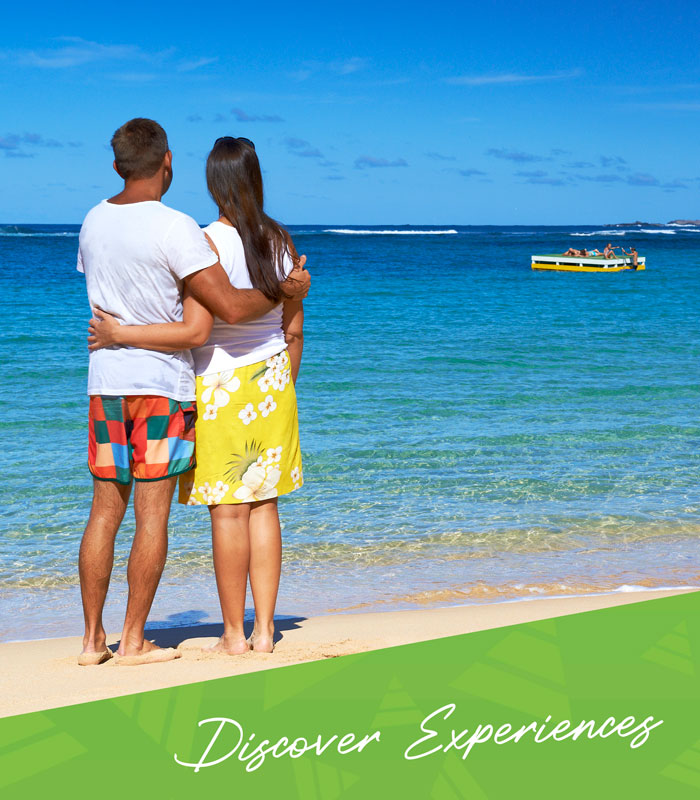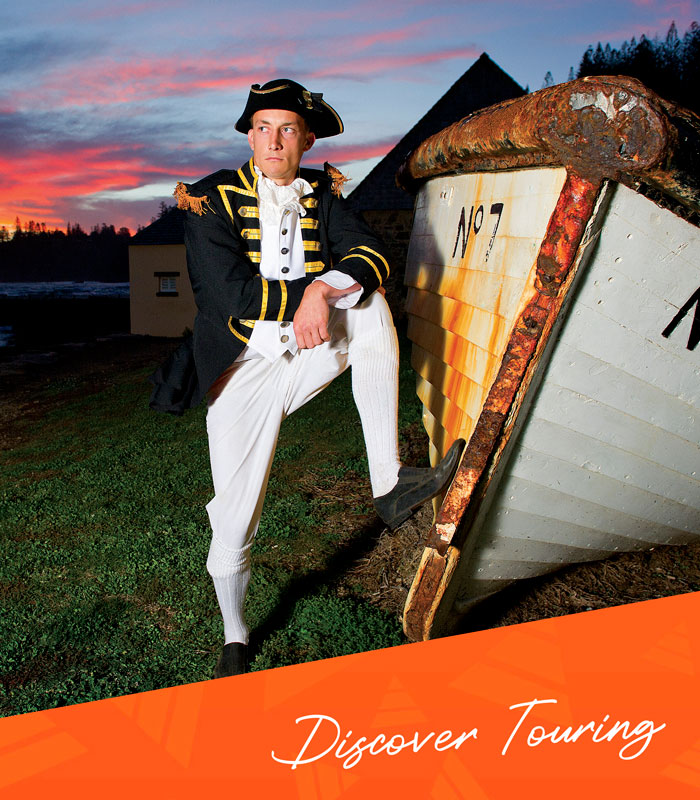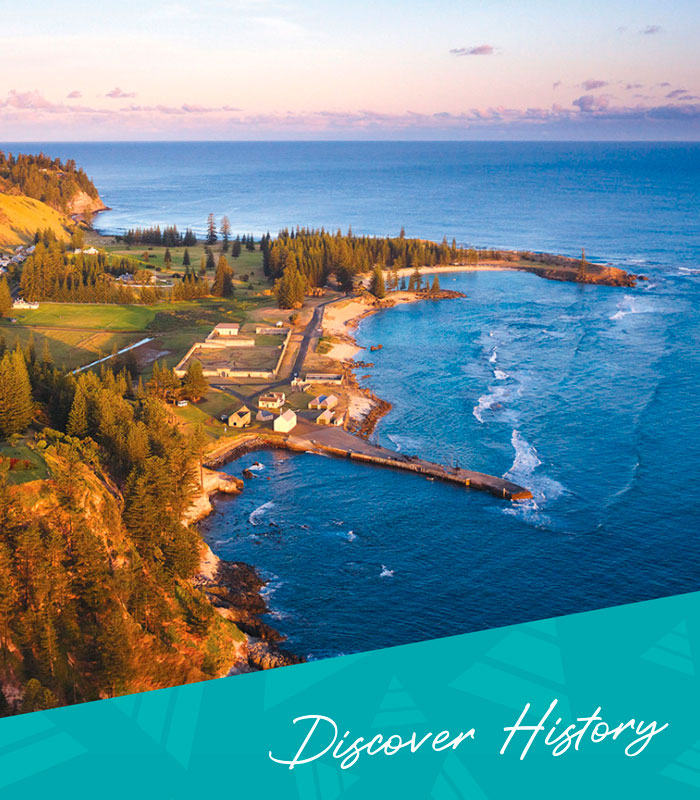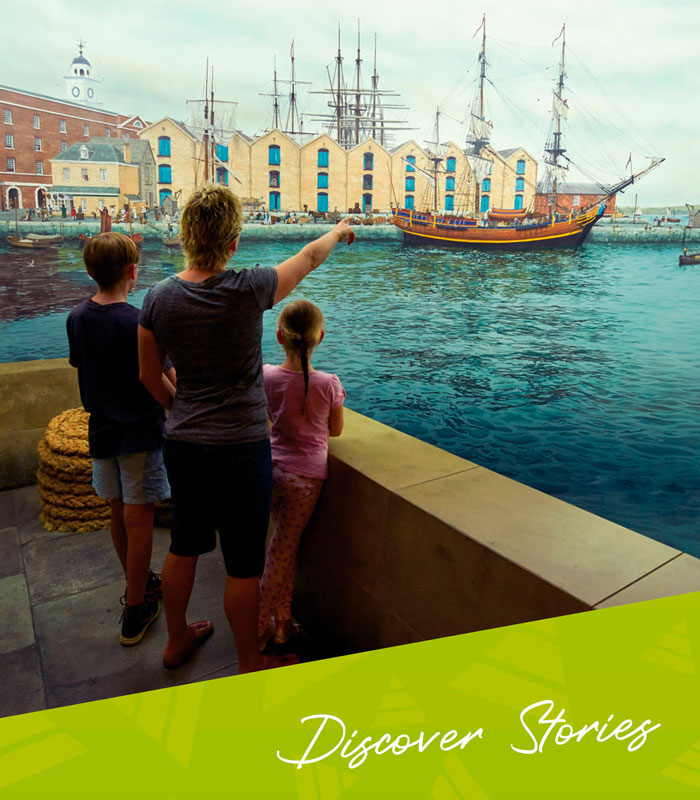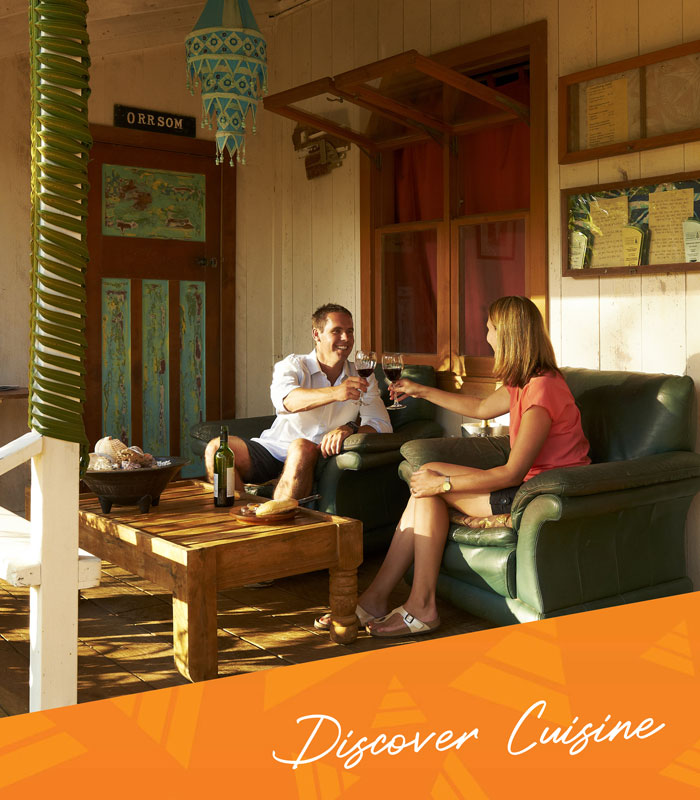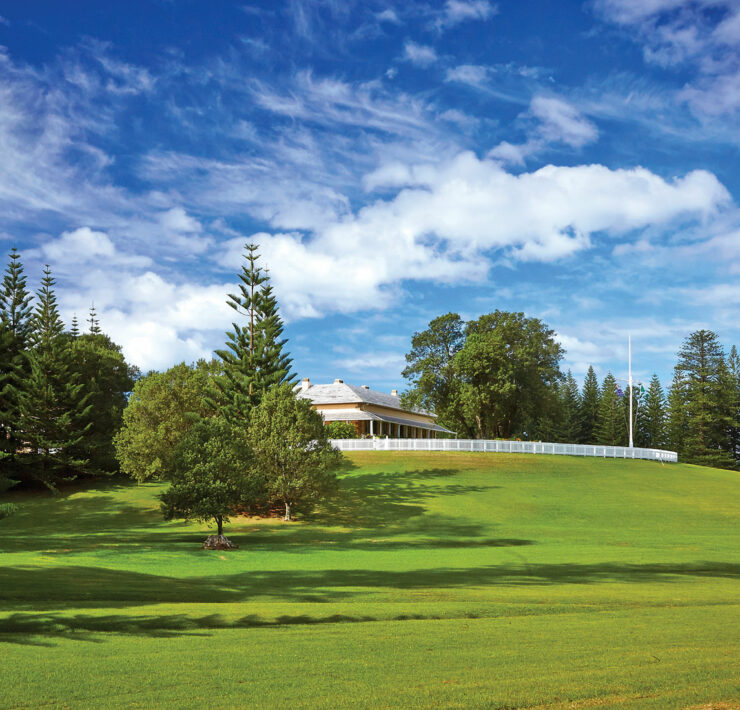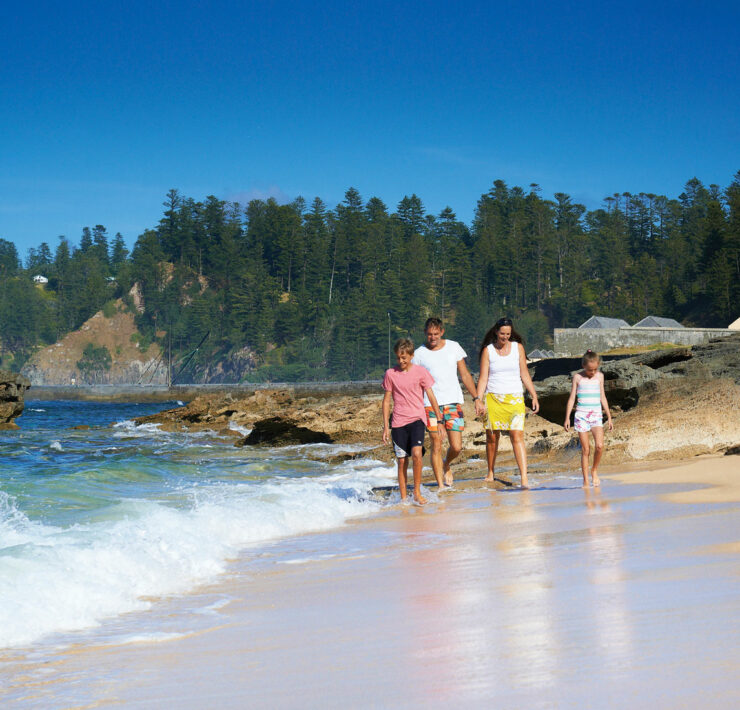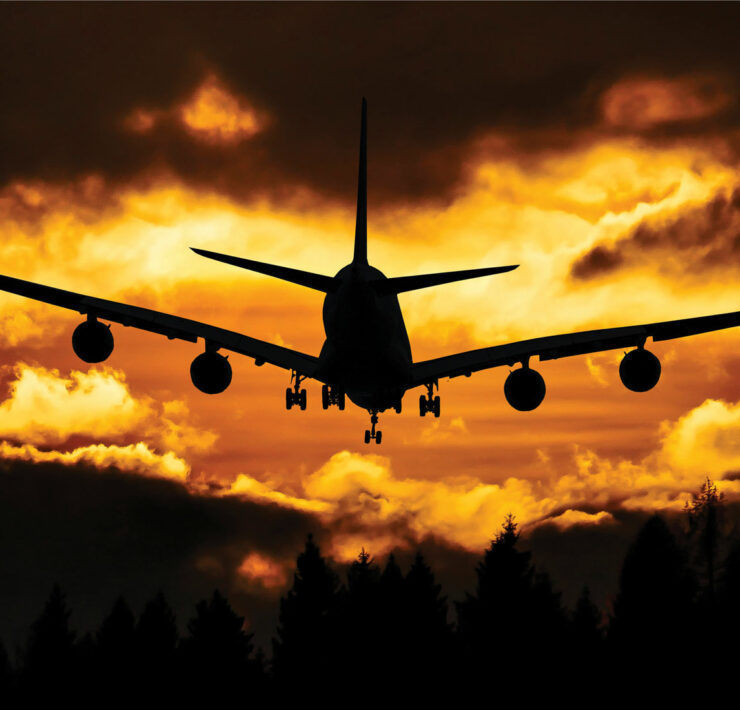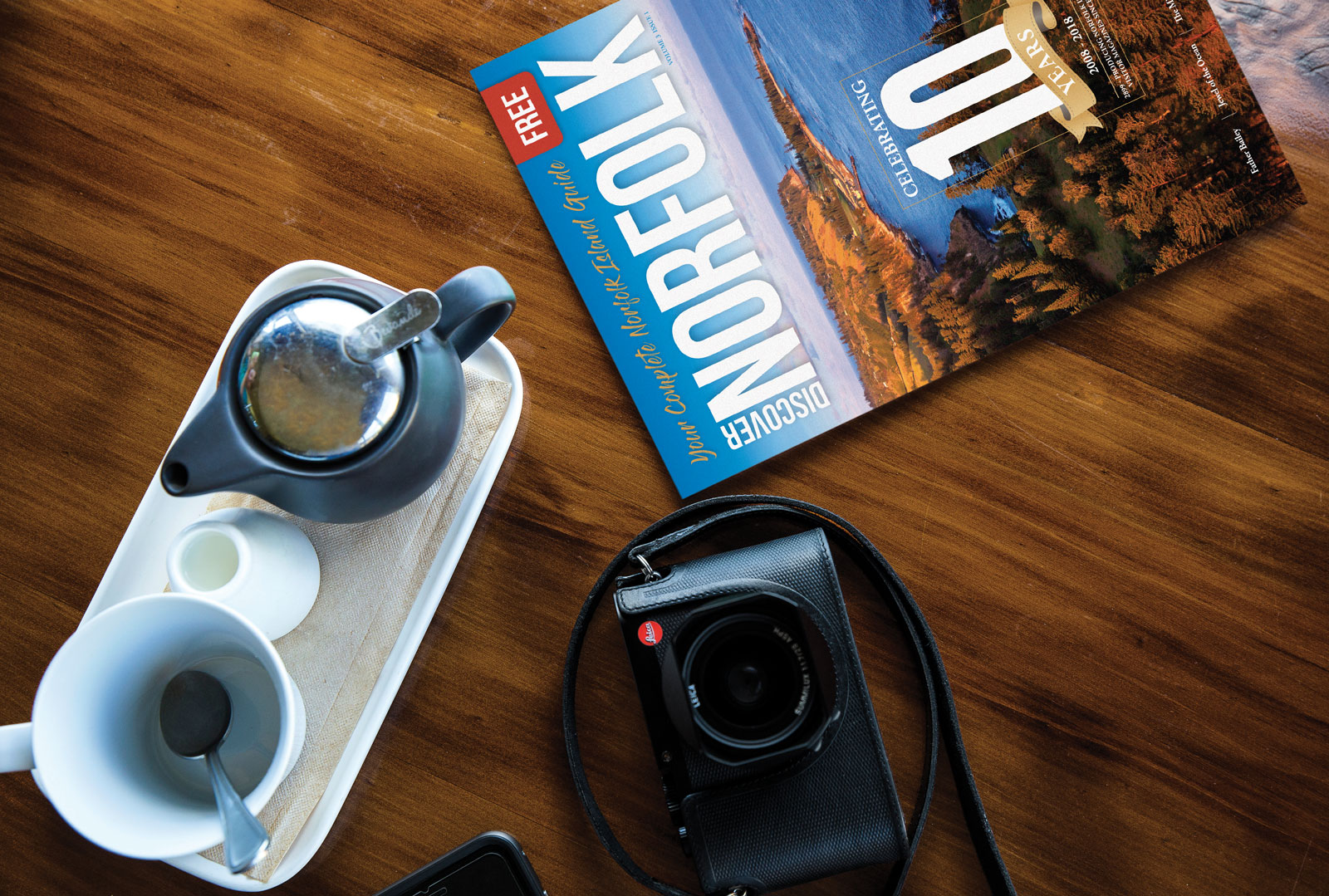Home » All Articles » Mapping the World … of Norfolk
Mapping the World … of Norfolk

Maps are one of the things that almost all of us can relate to. We all have some relationship with somewhere on earth, and how that place has changed over time seems to interest many of us. Antique maps I find particularly fascinating. Unlike most antiques they are easily hung on the wall and can command our attention for hours of examination with their extensive detail and strange references like “Cannibals here” or “Monster seen”. It was comments on maps like that which kept much of the Pacific and of course Norfolk Island off the radar of cautious European explorers for more than 300 years.
Map collecting has been popular for hundreds of years, particularly throughout the 16th and 17th centuries in Europe when there was an explosion in new exploration and discoveries in the world. In the 1970s map collecting became popular once again, this time however with antique maps. Until the 1970s many ancient maps, some more than 400 years old, had sat on floors of dusty bookstores and in forgotten draws in antique shops across Europe. I have spoken with some collectors who bought maps in the 1970s for £10 ($17) that are now worth $3,000 or more. This is how the collectors market works, much the same as the property market with demand at times seeming to appear out of nowhere and all at once. In the last couple of years with growing prosperity and affluence around the world there has been another surge in the popularity of collecting antique maps.
Hundreds of years ago a voyage to explore the far edges of the world, in an attempt to chart and fill in the blank spaces on the map, was rarer than you might think. It took real courage to ignore the stories of monsters and shipwrecks and set sail knowing than many on board would never return. When Captain Cook first began his exploration in the Pacific in 1769 Australia appeared on the map with no eastern seaboard, New Zealand was no more than a small thin line and Norfolk Island was nowhere to be seen. Cook had not only the drive to, please forgive the cliché, ‘go where no man had been before’ but also the skills that kept both himself and his crew alive. Successful navigators such as Cook would observe the culture of the local peoples, their beliefs, art, flora and fauna and in doing so quickly learn the customs of these Pacific peoples that had often been ignored or treated with contempt by many previous explorers. After each voyage Cook’s ship would be bursting with artifacts from unknown islands, stuffed animals and birds that no one had seen before, and a host of other interesting plants, shells and documented paintings and sketches of what they had encountered. It is hard for us to imagine what this would have been like as we are accustomed to taking knowledge for granted today. It must have been like NASA returning from a mission to Mars with objects and creatures unbelievable. We can now only look at maps by Cook and imagine how this fabulous journey would have been.
The earliest printed maps available to collectors were printed in the 1470s. They show the world without the Americas, Southern Africa, Australia or much of Asia and hint at there being an edge of the world. Only a few hundred years before these maps were made, an ancient manuscript was discovered that had been created a thousand years earlier by the Greek astronomer Ptolemy. This manuscript foreshadowed the rediscovery of the ancient and once forgotten science and art of mathematical mapping.
The discovery of a huge new landmass to the west in 1492 (America) and the desire of merchants to again trade with China in the east created an increased demand for relevant and useful maps. Overland travel to China had been cut off since the Silk Route had been blocked to foreigners by the decline of the Mongol and Byzatine empires and the development of competing maritime routes. As already noted, it took a brave explorer to believe that past the points at the edge of the map there existed something other than nothingness.
By the early 1500s the beginnings of the modern world map had begun to take shape though usually in the place of Australia sat a large sea monster or two. In 1570 a large atlas of the known world was published, which included a world map showing a large chunk of land taking up most of the southern hemisphere. This land was labelled in Latin, ‘Terra Australis Nondum Cognita’ or the unknown southern land. Australia, which Europeans would first encounter some 36 years later in 1606 would eventually get its name from this ‘mythical land.’
Norfolk seems to have missed out on its fair share of maps when compared with most other places. This was due to a number of factors including the islands size, small population and use as a penal colony that left it out of the international trade loop. Maps of the island usually only appeared in government reports or for specialist use and were produced in substantially lower numbers than most other places. It is through these maps that the island’s history is illustrated, and we see how it came from unknown to our home.
The first map of the island appeared in the journal of Cook’s second voyage printed in 1777 with the first world map showing Norfolk also published in the same journal. After the first settlement of the Island in 1788 a map of Norfolk would also be published in the journals of Captain Arthur Phillip, New South Wales’ first Governor, and by Captain John Hunter of HMS Sirius. Norfolk also appeared in an assortment of other publications that described the newly settled regions of Australasia to a world obsessed with exploration and adventure. During the convict period the island would be surveyed thoroughly though by the time the Pitcairners arrived the old maps of the island were no longer of much use as hundreds of new boundaries appeared reshaping the island closer to what we know today.
With the arrival of the Pitcairners in 1856 came the need for a map that focused on real estate and town planning instead of simply the island’s general geography. As was common practice at the time, the original land owners of the prospective properties were written onto the map. Interestingly, Thomas Kennedy and George Jamieson’s map of the island published in 1860 illustrated the shift away from depicting theisland as one large property under government control to individual allotments privately owned. Kennedy and Jamieson would not only map the island but more importantly survey the 20ha (50 acre) blocks that were to be distributed to the different families. Even within a few years of arrival, commerce on the island can be seen to be well underway with a number of properties marked on the map as already having been sold amongst the community.
Kennedy and Jamieson’s map formed the basis of the island we know today and though only a few of those original blocks remain, the achievements and infrastructure that has come since is a testament of our growing and changing community. From a small humble map that only just resembled the island through to the emergence of its first buildings, its first gardens, its first roads, through safe navigation, and the clearing of grazing land to the foundation of the blocks of land that we build our homes on today, the shape of Norfolk has evolved with us. What will appear next on the map of Norfolk? Perhaps a harbour? Maps have certainly come a long way since 1777 and so now when overseas friends ask where Norfolk is and where I live I can give them the coordinates for Google Earth and tell them my house is the one with the red roof next to the big pine.
____
Article content disclaimer: Article first published in 2899 Magazine V2 Iss2, 2010. Please note that details of specific travel, accommodation and touring options may be outdated. References to people, places and businesses, including operating days and times may be have changed. References to Government structure and Government businesses/entities may no longer be applicable. Please check directly with businesses and/or Government websites directly rather than relying on any information contained in this article before you make travel arrangements.


